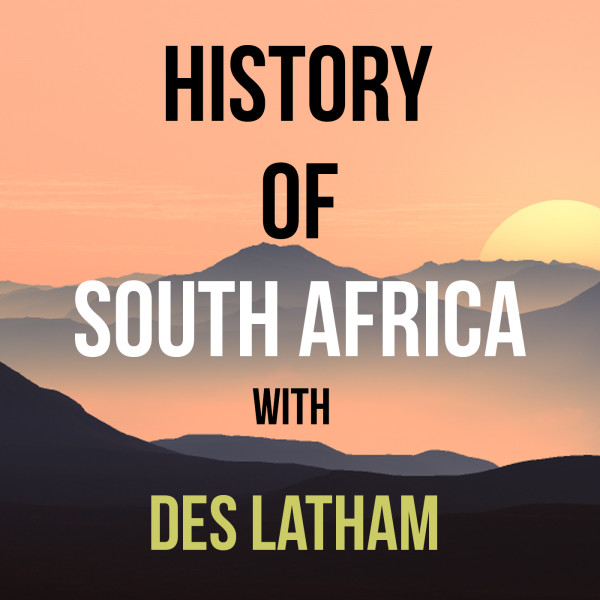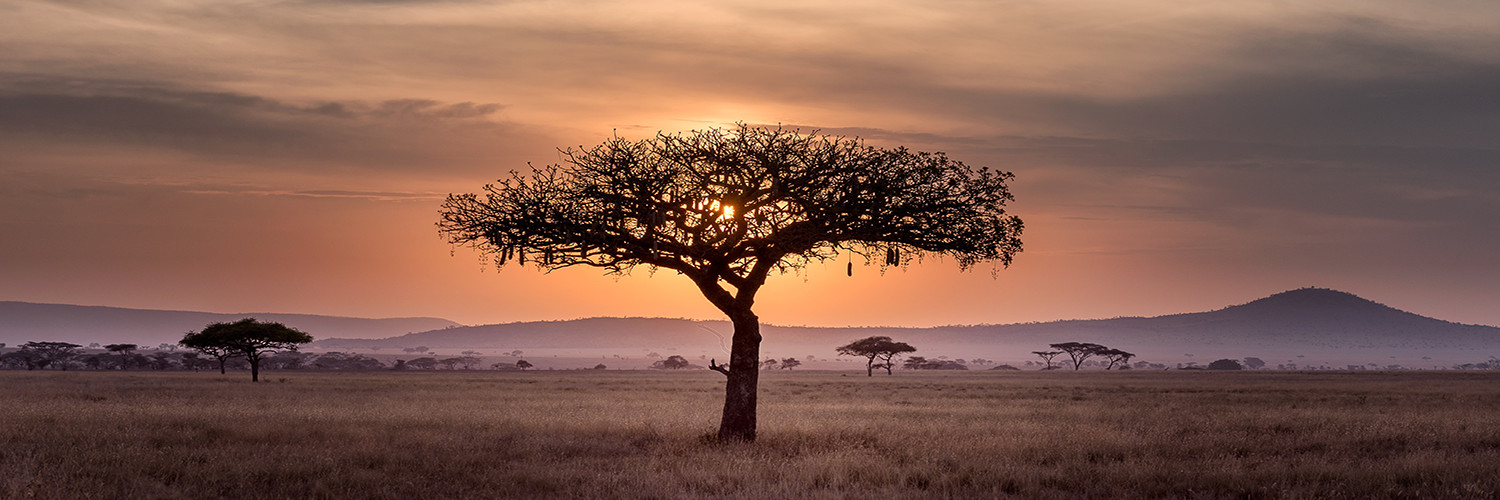
Episode 211 - “Native” Hut Taxes, Blackbirding and other Revelations of 1857
Loading player...
Episode 211 - the year is 1857 heading into 1858. Lots the talk about!
The original frontier republics and wildlands were being transformed - turning into governed territtories. In 1856 Natal was created a Crown Colony by Royal Charter, Legislation there was entrusted to a council of four officials and 12 members elected every four years by ballot.
By the way, this was not only a first for South Africa, but for Great Britain itself. An experiment in election power, although the Crown retained considerable powers of veto. A civil list of those who could vote was more than modest, although the low franchise meant most were eligible to vote.
Most English and Dutch, that is.
What really angered the elected members was that five thousand pounds for administration was earmarked by the Crown for the benefit of black Natalians. Still, the New and unique Natal Legislative Council sat for the first time in March 1857 and its first job was to authorise the new Crown colonies stamps.
By 1857 there were eight, three colonial and five republican, that is of the Cape Colony, British Kaffraria and Natal, on the other hand, the Orange Free State, Utrecht Republiek, Lydenburg, the Zoutpansberg and Pretorius’ South African Republic.
This was what really clever historians call Balkanisation. Little entrepots, squabbling states, spread out across the southern African landscape, sometimes working together, often competing.
Natal was a kind of detached district of the Cape until it was declared a Crown Colony, an inconvenient way to run a territory. IN Natal, most of the Boers had gone, except for the northern parts.
IN their place came other Europeans, like the Germans. A few had taken to market gardening around Durban, while Joseph Byrne and other speculators had launched various schemes for British Immigrants. As you know by now if you’ve listened to the series, quite of few of the new arrivals left almost immediately. Living in Natal is not for the squeamish, even today. Still, the villages of Pinetown, Verulam and Richmond owe their existence to these English immigrants, and so too those of Ladysmith.
By 1857 there were only 8000 whites in Natal, 150 000 blacks and what they lacked in size, they made up for by being vigorous, a plethora of religious sects existed, each had its own education system, associations sprang up, and the Natal Bank opens its doors. Soon there were six newspapers in Natal including the Witness in Pietermaritzburg and the Mercury in Durban.
There was almost zero industry — and both coffee and cotton had failed. The first sugar cane was imported from Mauritius and seemed to offer more, but the problem was labour. But for many years hence, the main export from Natal was ivory. And as we know, they were being shot out of existence at break kneck speed.
If we glance at Southern Africa as a whole in 1857 we would notice that government had become more elaborate and less subordinated to the Cape Authorities. Local Justice was in the hands of local magistrates. Lieutenant Governors changed with bewildering rapidity, but their powers were growing as these little states began to emerge, blinking like undersized infants, into the African sunshine.
Federation instead of Balkanisation was in the air at least in the mind of Cape Governor Sir George Grey. The boers were of course not thinking of anything of the sort, let alone Federation.
After the wars, the settlers in the Cape were dead set against reserves, the Theopolus Shepstone plan, these drained off labour, and said the nervous English immigrants, it was dangerous to mass blacks in the heart of the Colony.
The effect of the Battle of Ndondokusuka didn’t help Shepstone. Thousands of amaZulu refugees of the Civil War across the Thukela led to Natal’s Immigrant rules. Further inland, the policy of the Republiks was even more blunt.
The original frontier republics and wildlands were being transformed - turning into governed territtories. In 1856 Natal was created a Crown Colony by Royal Charter, Legislation there was entrusted to a council of four officials and 12 members elected every four years by ballot.
By the way, this was not only a first for South Africa, but for Great Britain itself. An experiment in election power, although the Crown retained considerable powers of veto. A civil list of those who could vote was more than modest, although the low franchise meant most were eligible to vote.
Most English and Dutch, that is.
What really angered the elected members was that five thousand pounds for administration was earmarked by the Crown for the benefit of black Natalians. Still, the New and unique Natal Legislative Council sat for the first time in March 1857 and its first job was to authorise the new Crown colonies stamps.
By 1857 there were eight, three colonial and five republican, that is of the Cape Colony, British Kaffraria and Natal, on the other hand, the Orange Free State, Utrecht Republiek, Lydenburg, the Zoutpansberg and Pretorius’ South African Republic.
This was what really clever historians call Balkanisation. Little entrepots, squabbling states, spread out across the southern African landscape, sometimes working together, often competing.
Natal was a kind of detached district of the Cape until it was declared a Crown Colony, an inconvenient way to run a territory. IN Natal, most of the Boers had gone, except for the northern parts.
IN their place came other Europeans, like the Germans. A few had taken to market gardening around Durban, while Joseph Byrne and other speculators had launched various schemes for British Immigrants. As you know by now if you’ve listened to the series, quite of few of the new arrivals left almost immediately. Living in Natal is not for the squeamish, even today. Still, the villages of Pinetown, Verulam and Richmond owe their existence to these English immigrants, and so too those of Ladysmith.
By 1857 there were only 8000 whites in Natal, 150 000 blacks and what they lacked in size, they made up for by being vigorous, a plethora of religious sects existed, each had its own education system, associations sprang up, and the Natal Bank opens its doors. Soon there were six newspapers in Natal including the Witness in Pietermaritzburg and the Mercury in Durban.
There was almost zero industry — and both coffee and cotton had failed. The first sugar cane was imported from Mauritius and seemed to offer more, but the problem was labour. But for many years hence, the main export from Natal was ivory. And as we know, they were being shot out of existence at break kneck speed.
If we glance at Southern Africa as a whole in 1857 we would notice that government had become more elaborate and less subordinated to the Cape Authorities. Local Justice was in the hands of local magistrates. Lieutenant Governors changed with bewildering rapidity, but their powers were growing as these little states began to emerge, blinking like undersized infants, into the African sunshine.
Federation instead of Balkanisation was in the air at least in the mind of Cape Governor Sir George Grey. The boers were of course not thinking of anything of the sort, let alone Federation.
After the wars, the settlers in the Cape were dead set against reserves, the Theopolus Shepstone plan, these drained off labour, and said the nervous English immigrants, it was dangerous to mass blacks in the heart of the Colony.
The effect of the Battle of Ndondokusuka didn’t help Shepstone. Thousands of amaZulu refugees of the Civil War across the Thukela led to Natal’s Immigrant rules. Further inland, the policy of the Republiks was even more blunt.
